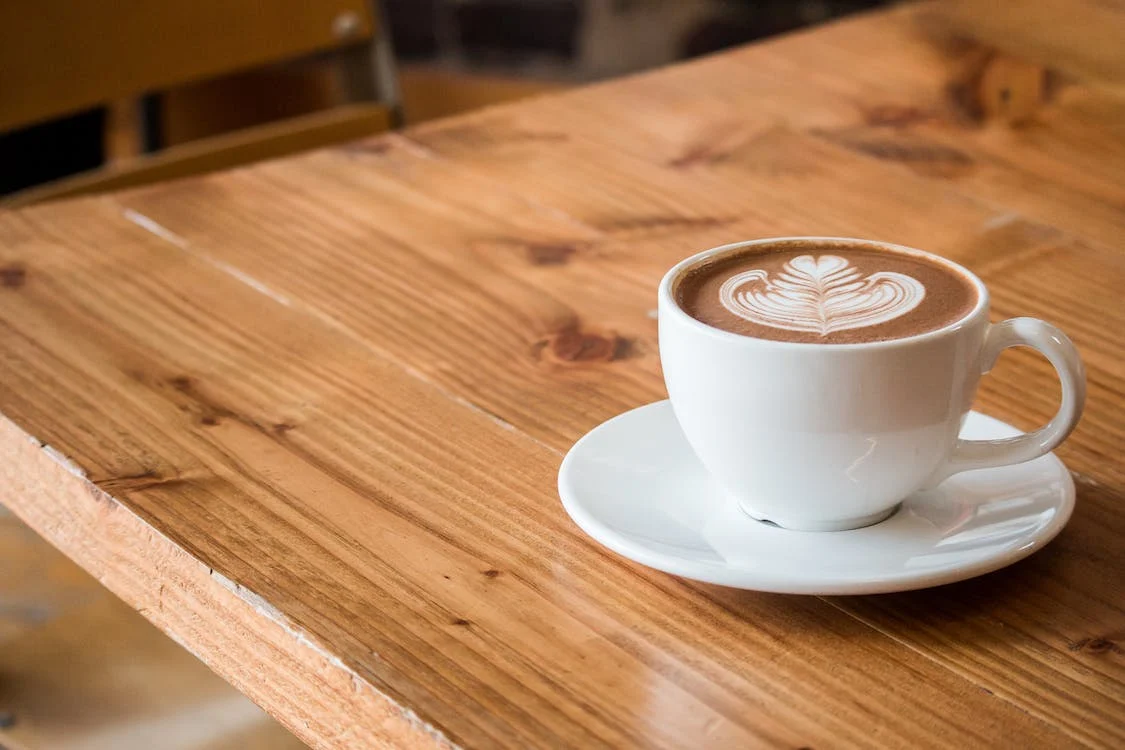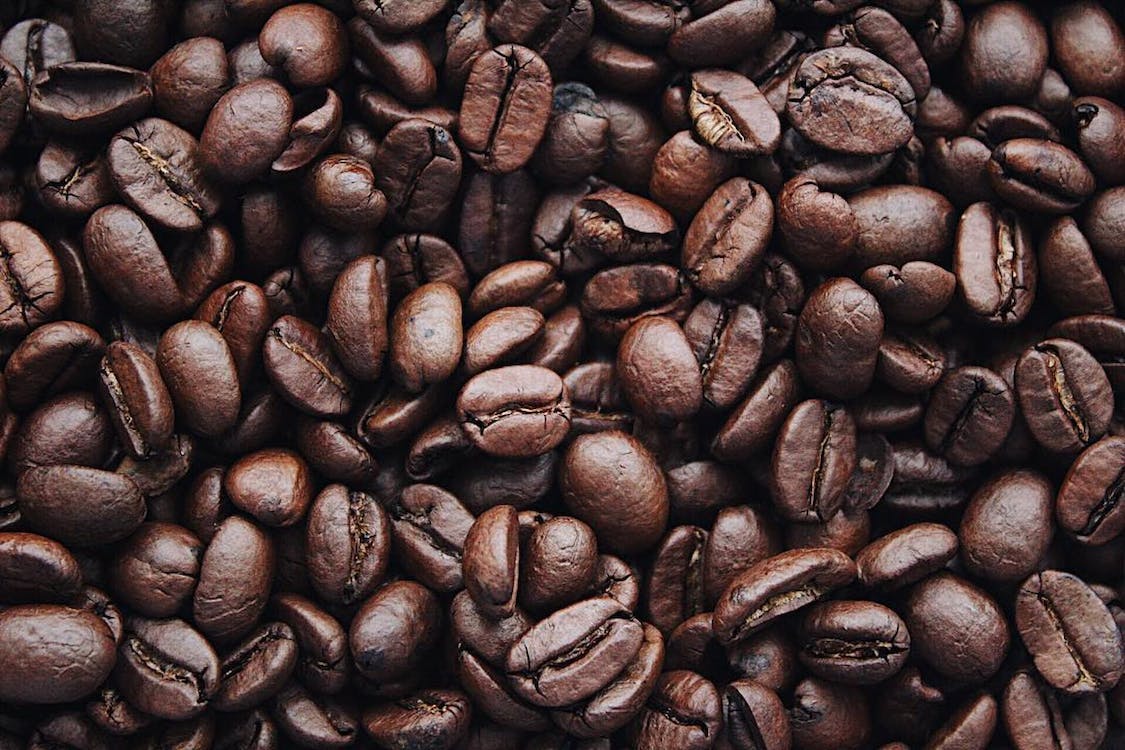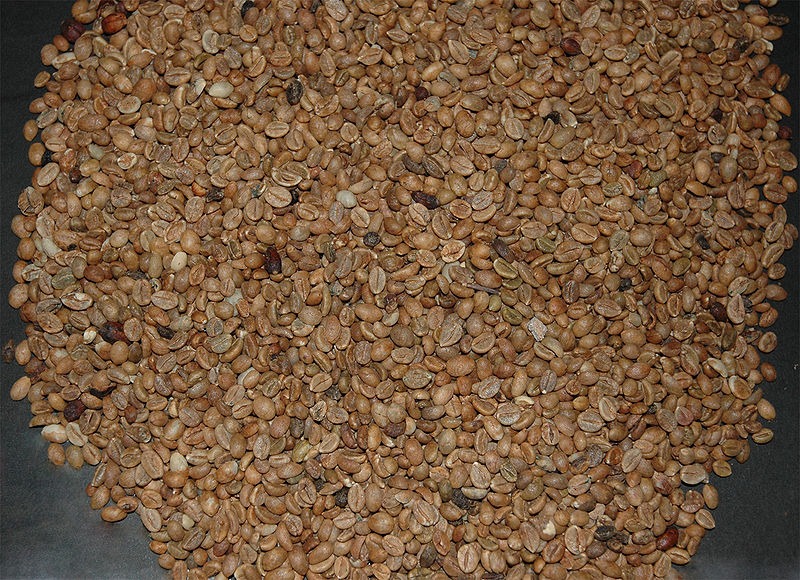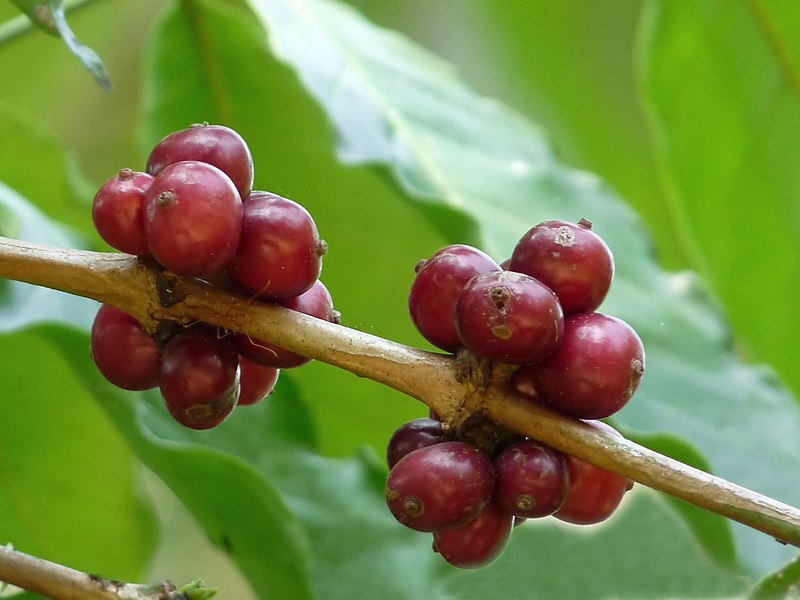Coffee is not just a beverage; it is one’s daily ritual of sipping into a new dimension placed in a favorite mug. If you find solace in the aromatic embrace of freshly ground beans, then you’re reading the perfect article for coffee lovers.
Whether you’re a seasoned coffee connoisseur or just someone who enjoys the world of coffee, it’s always better to know more about your favorite drink. One step into this world of coffee beans is learning more about specialty coffee beans.
Definition of Specialty Coffee Beans
Specialty coffee beans have become incredibly popular in recent years, captivating the taste buds of coffee lovers worldwide. The term specialty coffee refers to the very high-quality types of coffee that achieve a score of 80+ on a scale of 100. These coffee beans are known for their outstanding quality, unique flavor, and meticulous production process. There are two types of coffee grown worldwide: Arabica and Robusta. Typically, most specialty coffees are made from Arabica beans, as this type of coffee is known to have a better flavor.
Specialty coffee beans are a distinct type of coffee within the coffee industry, accounting for 1% of all coffee produced worldwide. These coffee beans are carefully grown in specific regions, often at high altitudes, where climatic and soil conditions contribute to their distinctive flavor. The growing process involves meticulous attention to detail, from choosing the right varietals to caring for the trees and harvesting ripe cherries at the peak of their flavor.
Unlike commodity coffees, which are often produced on a large scale with a focus on quantity over quality, specialty coffee emphasizes the distinct attributes of each coffee bean, making it the defining characteristic of specialty coffee beans. From fruity to chocolatey and nutty undertones, each cup of specialty coffee appeals to a sensory experience that delights the palate.
Importance of Choosing the Right Coffee Beans
To fully appreciate the flavor of specialty coffee beans, it is essential to understand the art of coffee making. The brewing process can have a distinguishing effect on the quality and taste of the final cup. From choosing the right grind size and water temperature to mastering brew time and extraction speed, every step plays a vital role in unlocking the full potential of the coffee bean.
Specialty coffee enthusiasts often invest in high-quality coffee brewing equipment, such as a drip coffee maker or espresso maker, to ensure brewing precision and consistency in their coffee. The importance of selecting the right coffee beans can be attributed to several factors:
1. Coffee Beans Varietals
Different coffee beans have distinct flavor profiles based on their origin, altitude, and processing methods. Generally, Arabica and Robusta are the two main types of coffee beans, while Arabica beans are considered to be of higher quality. They are known for their delicate and nuanced flavor, with fruity, chocolate, and floral notes. Arabica coffee beans are typically grown at higher altitudes and have lower caffeine content than Robusta beans.
The choice of beans significantly influences the taste of the coffee. For example, beans from Ethiopia may have fruity and floral notes, while those from Brazil might be nuttier and more chocolatey. You can create coffee based on your taste preferences by selecting the right beans. Whether you prefer a robust flavor or a smooth and mellow one, the type of beans you choose will significantly influence the final result.
2. Origins
Besides varietals, the origin of the beans also plays a role in regulating the flavor of coffee. For example, beans grown in Ethiopia are famous for their bright, fruity flavors, while beans grown in Kenya are famous for their rich, complex flavors.
Also, the coffee-producing region’s altitude, soil, and climate contribute to the beans’ unique characteristics. The origin of the beans can give your coffee a sense of terroir, influencing its aroma, acidity, and body.
3. Roast Level
The perfect roast brings out the best in the coffee beans, revealing their unique flavors and characteristics. The roast level of coffee beans affects the taste and aroma of the coffee. There are different levels of roast: light, medium, and dark roast. Light roasts are known for their bright acidity and fruity flavors, while medium roasts are balanced and smooth, and dark roasts are rich and chocolatey. But just because coffee is dark-roasted doesn’t mean it tastes better.
Lighter roasts preserve more of the bean’s original flavors, while darker roasts may have bolder, smokier notes. Choosing the right roast level depends on personal preference, and experimenting with different roasts can enhance your coffee experience. It’s all about finding the right roast for the right bean.
4. Brewing Method
The brewing method significantly influences coffee’s flavor, aroma, and overall characteristics. Various brewing methods extract different compounds from coffee beans, resulting in distinct profiles. Brewing methods such as espresso, Aeropress, cold brew, pour-over, or French press can benefit from specific beans or roasts. The right coffee beans can complement your coffee brewing method and improve the experience.
Types of Coffee Beans
Coffee is made from the Coffea plant’s seeds, commonly called coffee beans. Here are the common types of coffee beans:
1. Arabica
Arabica coffee beans are the most consumed type of coffee bean and are known for their delicate, nuanced flavor.
Characteristics and Profile
They have a lower caffeine content than coffee beans, making them a well-known choice for people sensitive to caffeine. Arabica coffee beans are often grown at higher altitudes, contributing to their complex flavor and higher acidity, which can contribute to the brightness of the coffee.
Among Arabica beans are several varieties, such as Bourbon, Typica, and Caturra. Bourbon beans are known for their mild, sweet flavor, with hints of caramel and nuts. Typica beans are one of the oldest coffee varieties known for their balanced and complex flavor.
2. Robusta
Robusta plants are more resistant and hardier to pests and diseases, making them easier to cultivate in various environments. They are often used in espresso blends and instant coffee. Robusta coffee beans are known for their rich, rich flavor. They contain higher caffeine than Arabica beans, making them the first choice for those who prefer a stronger and more energizing cup of coffee.
Characteristics and Profile
Robusta coffee bean tends to have a stronger, more robust flavor. They can have earthy, woody, or nutty notes and are often described as more bitter than Arabica. Meanwhile, the aroma is usually less complex than that of Arabica, and these coffee beans generally have more caffeine content than Arabica beans.
Origin and Geography of Specialty Coffee Beans
One way to ensure the quality of your coffee purchase is to think of its origins. The more you know where your coffee beans come from, the more likely you will tailor and create your preference for coffee quality.
Ethiopia
Ethiopia is known for its manifold coffee varieties and unique processing methods and is often considered coffee’s birthplace. The country’s diversity in climate and altitude creates ideal conditions for coffee growing. Coffee beans here are known for their fruity and floral flavors, with hints of citrus and berries. Coffee beans grown here are famous for their bright and fruity flavors.
Kenya
Kenya is known for their complex and bold flavors of coffee beans. This place produces coffee beans recognized with bright acidity and bold, wine-like flavors. The high altitudes and distinct processing methods contribute to the unique characteristics of Kenyan beans. These beans often exhibit notes of blackcurrant, grapefruit, and black tea.
Central America
Beans grown in Central America are known for their well-balanced and smooth flavors. Countries like Costa Rica and Guatemala are known for their specialty coffee production. Costa Rican coffee beans are grown in volcanic soil, adding a distinct richness to the flavor profile. Also, coffees here are celebrated for their bright acidity, medium body, and often citrus and fruity notes. Meanwhile, Guatemalan coffee is known for its full-bodied and complex flavors, with hints of cocoa and spices.
South America
South America is known for the nutty and chocolatey notes of coffee beans. Colombia is a prominent region in this place known for specialty coffee beans. Colombian coffee is renowned for its well-balanced flavor profile, often characterized by medium acidity, full body, and a hint of nuttiness. Colombia’s diverse climate and geography contribute to the distinct flavors. Plus, the country’s mountainous terrain and fertile soil contribute to the unique flavors found in Colombian coffee beans.
Asia
Most coffee grown in this part of the world comes from Southeast Asia. Vietnam is considered the second-largest coffee producer in the world. Unfortunately, almost all coffee comes from the Robusta species and is used to make instant coffee. Another country, Thailand, produces specialty-grade beans from the Northern part with medium acidity and deep notes of spice and flowers.
Impact of Geography on Flavor Profile
The flavor profile of coffee dramatically varies depending on where it is grown. Further, geography plays a significant role in shaping the taste of coffee, as factors such as climate, altitude, and soil composition all contribute to the unique flavors found in different regions.
Climate: The climate of a region affects the rate at which coffee cherries ripen and the development of sugars in the beans. Coffee plants thrive in tropical environments, requiring a consistent temperature range and a certain amount of rainfall.
Altitude: Coffee plants grown at higher altitudes experience cooler temperatures and receive more sunlight, which slows down the ripening process. Coffee nurtured at lower altitudes tends to have a simpler flavor profile. Warmer temperatures and faster maturation can result in less dense beans and may need more acidity and complexity found in high-altitude coffees.
Soil Composition: Different soil types contain different levels of nutrients, minerals, and organic matter, which can affect the flavor of coffee beans. For example, volcanic soils, rich in minerals, are known to produce coffee with a vibrant, earthy flavor. On the other hand, sandy soil that drains quickly can have coffee with a lighter, more delicate flavor.
Processing: The method of processing the coffee beans (washed, natural, honey processed, etc.) has a significant impact on the final flavor. Different regions may have traditional processing methods that contribute to the uniqueness of their coffee. Also, it’s typical for coffee plant cherries to be picked by hand as picking ensures that only the ripest coffee plant cherries are harvested – not a mishmash of ripe and unripe.
Conclusion
Specialty coffee represents not just a cup of coffee but a commitment to creating a perfect blend of coffee beans to celebrate coffee’s diverse and nuanced flavors. It explores coffee as a unique and complex beverage rather than a commodity. So, the next time you are about to drink coffee, take a moment to savor the flavors and consider finding the simple joy in a cup of perfectly brewed bliss!




